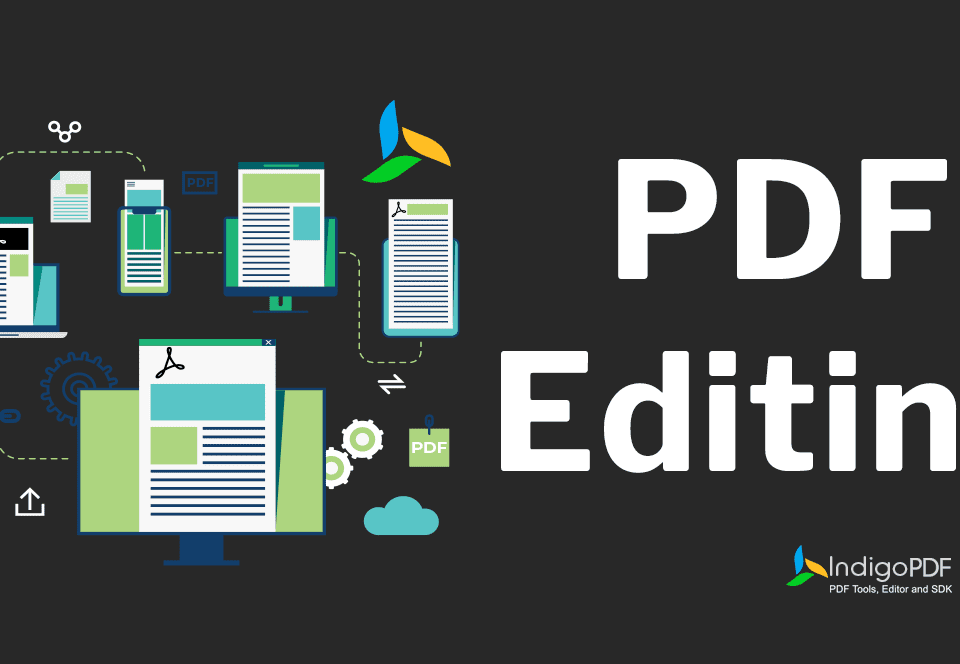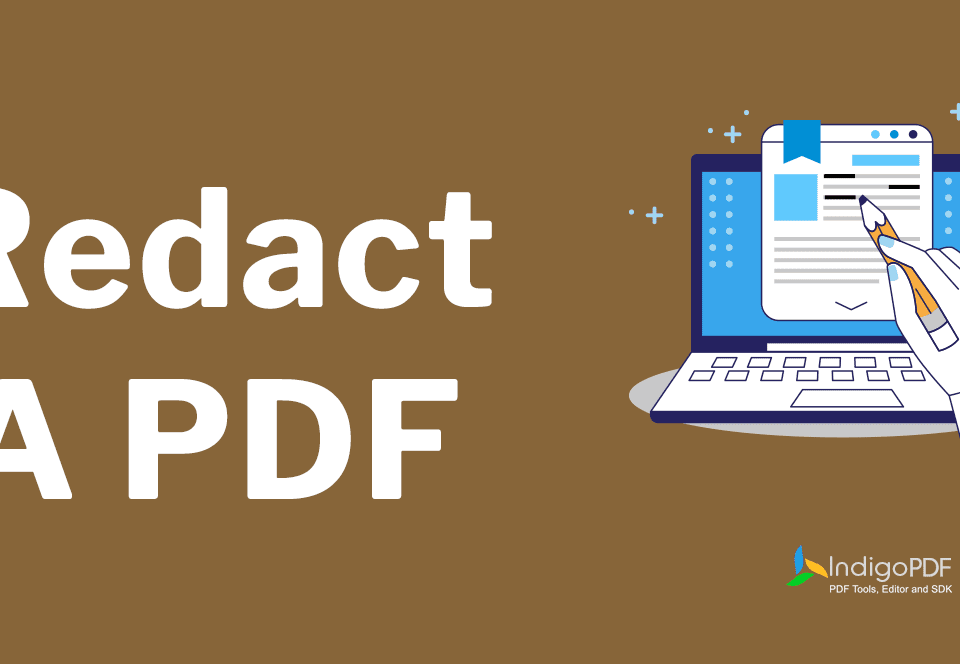Differences between a Free PDF Reader and a Professional One
September 20, 202310 Things You Can Do With a Professional PDF Editing Software
September 21, 2023PDF (Portable Document Format) has been a cornerstone of document sharing and publishing for decades. Its universal nature means that PDFs display consistently across all devices, making it the go-to format for professional documents, e-books, and more. However, the static nature of PDFs has often necessitated robust editing tools. If you’re in the market for a professional PDF editing software, it’s essential to be aware of the critical features that can enhance your productivity and document quality. Here’s a comprehensive breakdown:
1. Intuitive User Interface
The effectiveness of any software largely depends on how user-friendly its interface is. For professional PDF editors, a clean and intuitive user interface helps in:
- Minimizing the learning curve for new users.
- Streamlining tasks, making regular functions like text editing, image addition, or annotation easy to locate and use.
2. Text Editing Capabilities
Text is the heart of most PDFs. A professional PDF editor should allow users to:
- Change font types, sizes, and colors.
- Add, delete, or modify text seamlessly.
- Adjust paragraph alignment and line spacing.
3. Image and Multimedia Integration
The ability to insert, modify, or delete images is crucial. Additionally, modern editors should offer:
- Image resizing and rotation.
- Integration of multimedia elements, such as videos or interactive links.
- Image quality optimization for document compression.
4. Annotation and Review Tools
For professionals, especially those collaborating on documents, annotation tools are invaluable. Essential features include:
- Highlighting, underlining, or striking through text.
- Adding sticky notes or comment boxes.
- Drawing shapes or freehand annotations.
- Stamps for document approval or rejection.
5. Form Creation and Editing
Forms are integral in the business world, from surveys to application forms. A capable PDF editor should enable users to:
- Create fillable forms with various field types.
- Set field properties, like mandatory entries or data validation.
- Export and analyze form data.
6. Optical Character Recognition (OCR)
For those working with scanned documents, OCR is a game-changer. It turns scanned images into editable text. This feature is crucial for:
- Digitizing paper records.
- Editing scanned documents.
- Making text searchable within scanned PDFs.
7. Security Features
Protecting sensitive information is paramount. Security features to look for include:
- Password protection for opening or editing documents.
- Encryption capabilities.
- Digital signature integration for document validation.
8. Document Compression and Optimization
For professionals dealing with large documents or limited storage, compression is vital. The software should allow users to:
- Reduce file size without compromising quality.
- Optimize for web-viewing or printing.
- Batch process multiple files for efficiency.
9. Interoperability
Given the myriad software in professional environments, PDF editors need to play well with others. This means:
- Compatibility with different OS platforms, such as Windows, macOS, or Linux.
- Integration with cloud storage solutions.
- Export capabilities to various formats, like Word, Excel, or PowerPoint.
10. Customer Support and Regular Updates
Last, but by no means least, excellent customer support and regular software updates ensure that users remain at the forefront of technological advancements and security protocols.
In Conclusion
The right PDF editing software can dramatically enhance productivity, document quality, and overall work efficiency. While individual needs may vary, the features outlined above serve as a comprehensive guide for those in search of the best tools in the market. Whether you’re a business professional, a content creator, or an academic, investing in a powerful PDF editor with these features will undoubtedly prove beneficial.




